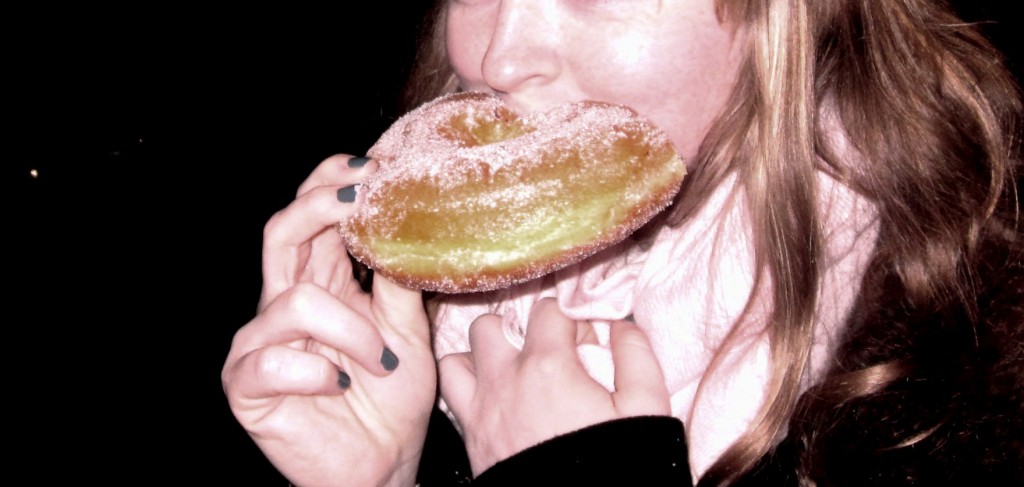Boston, being a historical landmark in one of America’s first established coastal regions, is nothing short of amazing when it comes to architecture. You can find buildings that have been standing for hundreds of years, built from brick and kept in near perfect condition, and then walk only a mile to find the newly-designed pristine landscapes. This striking blend is what makes Boston’s skyline such an eclectic amalgamation of old and new. This impressive, varying design is something that few other American cities can capture with such elegance.
One of the first, and arguably the most, architecturally-important is Copley Square and its surrounding neighborhoods (easily accessible via the Green line on the ‘T’ subway system. “Copley” is an actual stop on the subway, but adjacent “Arlington,” and “Boylston” stops will place you in about the same area.) Stepping out into Copley Square will allow you to immediately see the interesting placement of old and new architecture. Everywhere, from the famous John Hancock Building and Trinity Church to the beautifully-daunting Prudential Center, shine under this unique contrast. My favorite building to see in Copley Square, however, is the Boston Public Library on Boylston Street.
When you walk inside of the library, expect to be surprised by the brilliant marble interior and old sculptures that make you feel like you’re in a museum. It’s so astounding that I often find myself looking uncomfortably at the security guards and asking myself, “Am I really allowed to be in here?” The most visually-intriguing part of the library, as well as of my favorite images of Boston architecture, can be found in the courtyard. There is some great landscaping and a beautiful sculpture that might force you to sit down on a bench to take it all in.
Another spectacular place to check out without leaving the Copley Square area is the world-famous Newbury Street. It runs parallel to Boylston Street, and has some old brick buildings that host awesome shops. These range from cupcake shops, to high-end tailors, to the well-known Newbury Comics (which has expanded its locations, but this one is the original) and everything between.
If you want to absorb some of the same old-style architectural beauty without the temptation of shopping, take a walk towards the Charles River, where streets like Commonwealth Avenue (which has a beautiful little park) share the same “old-Boston” feel without the expensive shops. Some of these beautiful buildings are hundreds of years old, and are still in outstanding condition. Whether by train (this time on the red line) or by car, you can see the best possible view of the Boston skyline while driving across one of the many old and beautiful bridges that connect the two cities.
On the way to Harvard Square, make sure to take a pit stop in Kendall Square to see some of the most absurdly-perplexing modern architecture MIT and the surrounding tech firms have to offer. You might literally sit for hours craning your neck to figure out how some of these buildings (the Stata Center designed by Frank Gehry on Vassar Street, in particular) were made. Harvard Square has to be one of the most unique locations you can find on the East Coast. It offers old buildings with quaint little cafés, new ones with clothing stores and of course, Harvard University. Though Harvard Yard is technically private, Harvard opens its gates to the public until late at night. Some of these buildings are older than our country’s independence, and a tour guide will be able to tell you which of them were dorm rooms for some of our founding fathers.
Each time I walk outside in Boston, I feel like I’m finding a building that surprises me in a way it never has before. Public transportation makes it easy to get around, but I suggest to simply wander around and ask a local for the nearest train stop whenever you get tired. It almost simulates walking through living history and modern art museums at the same time.

